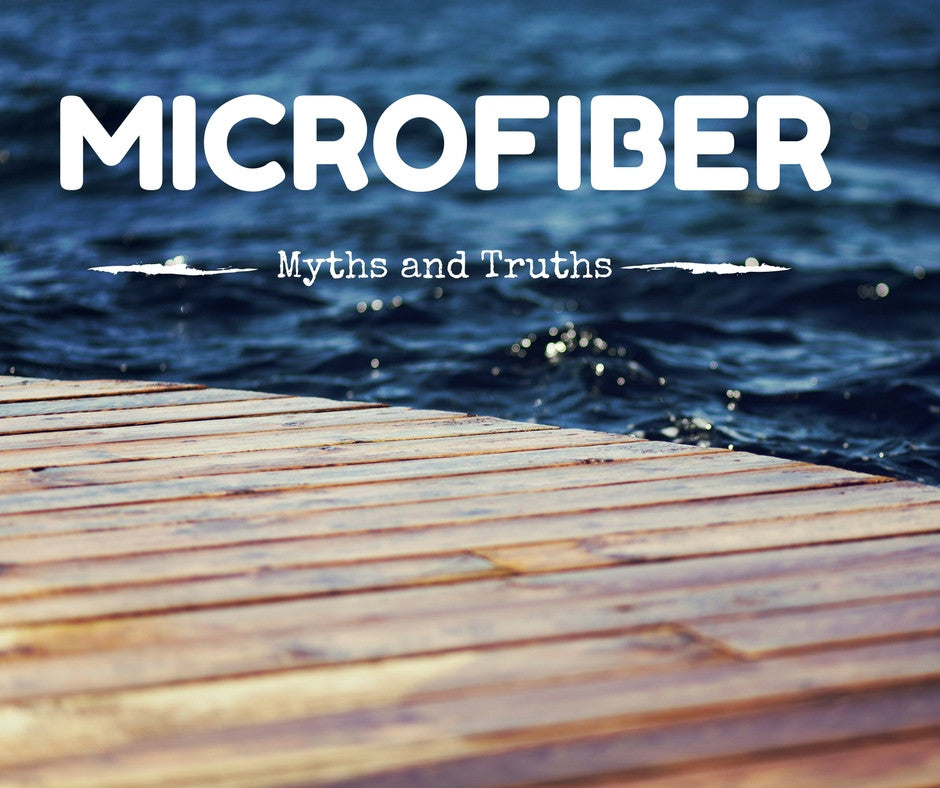Microfiber: Myths and Truths Series


"Microfiber" conveys a world of information. It is a complex subject that the Everplush team continues to learn about day after day. When it comes to our products that use this material, we like to be absolutely comfortable discussing Microfibers and what it means. In the process of learning, we found plenty of myths and truths, and have collected them to share in this upcoming series of posts that we'd like to call:

Here's the first idea we had. This one is brought on because we constantly look at microfiber products, even those that we don't sell. Whether we are looking at microfiber cloths for cleaning glasses or microfiber bed sheets, we figured that the average person would just think they are all using the same exact material. So that led us to ask:
All Microfibers are the same, myth or truth?
Look closely at your care labels and you'll see they say 100% polyester or 80% polyester / 20% polyamide. This is the first indication that microfibers come in different blends and offer different uses. Microfibers are applied to a wide variety of products - from purses, to clothes to towels. They all claim to be made with "microfiber" - so they must be using the same thing, right?
This is a common misconception. Creating a microfiber can be done numerous ways with unique blends of materials like acrylic, polyester, and polyamides. The most common types of microfibers are made from polyesters and polyamides. But creating a microfiber can change slightly depending on the materials being used. This means there are a wide variety of microfibers out there and each best suited for different uses.

Therefore, saying all microfibers are the same is a Myth. Baking a cake uses the same ingredients but different mixtures - the same applies to Microfiber.

Stay tuned as we continue to explore other myths and truths regarding this amazing material.


